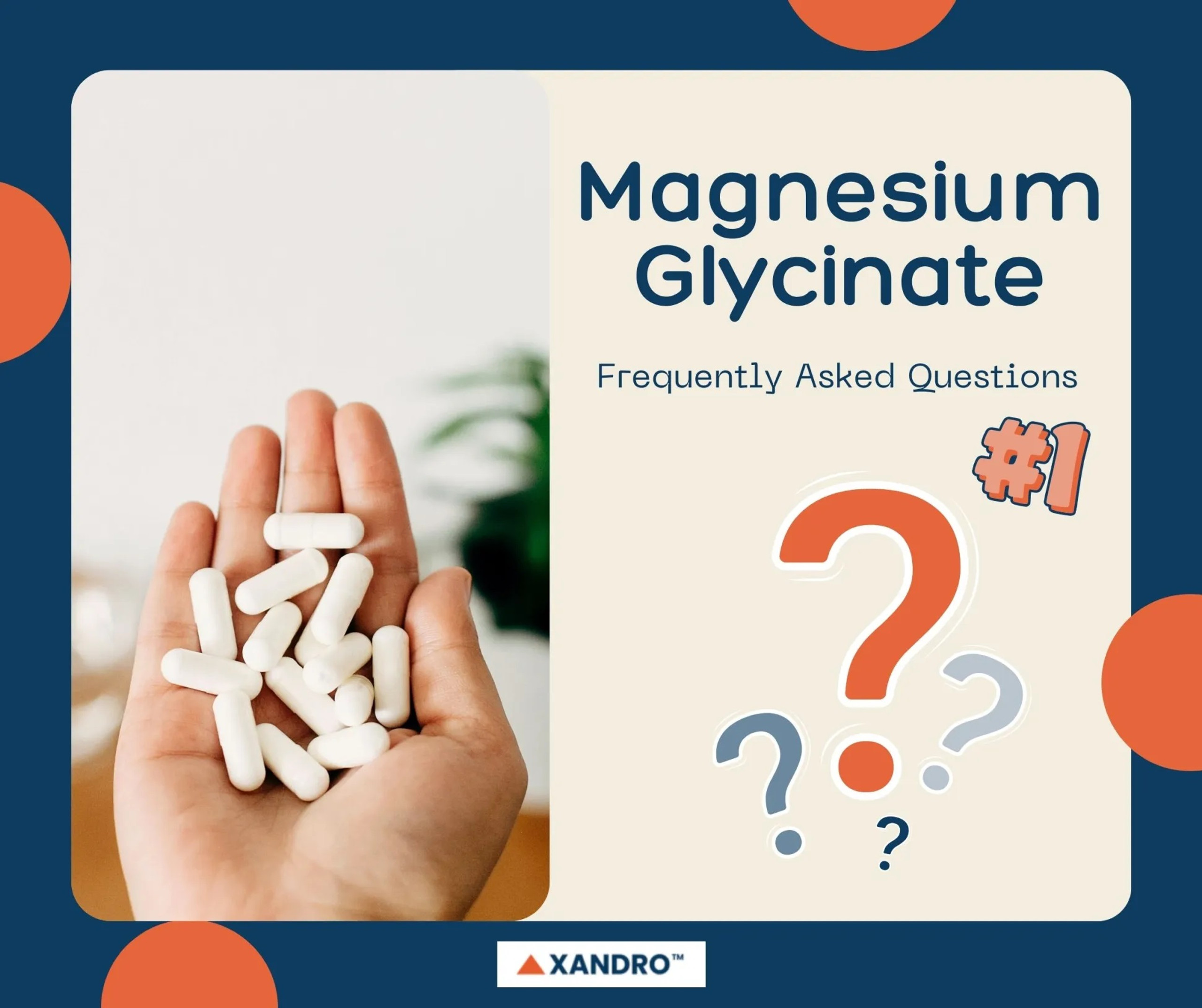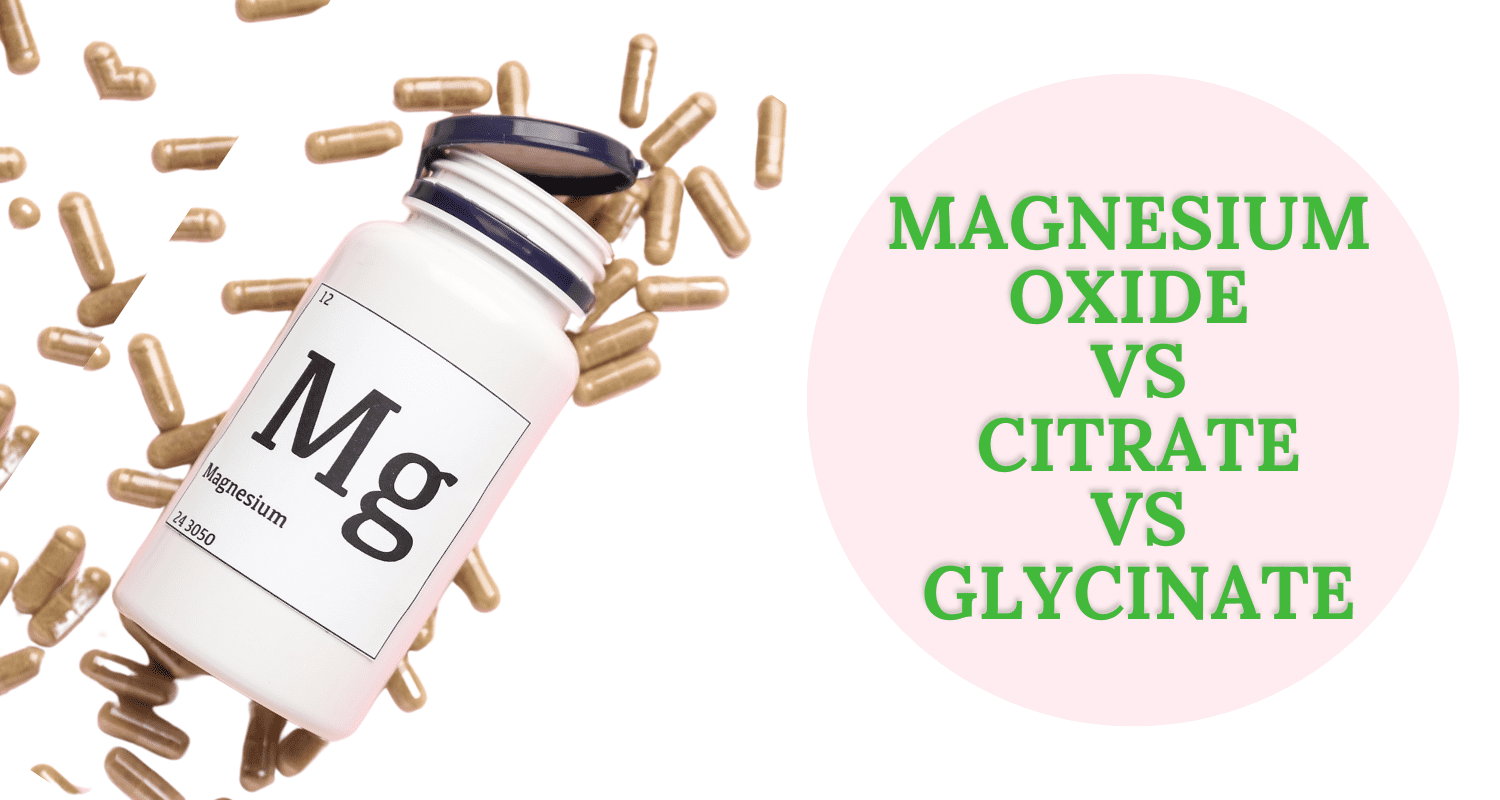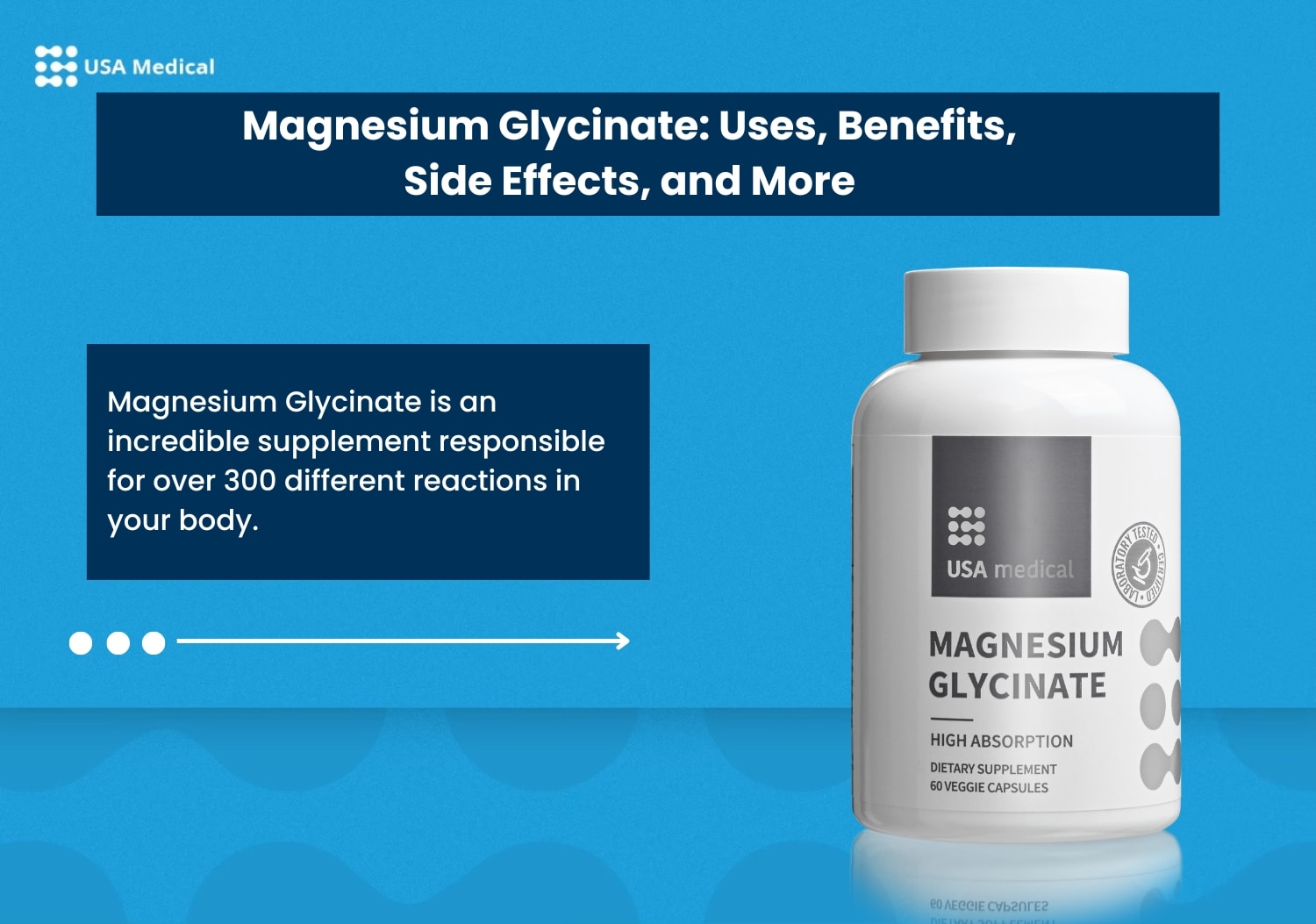Can I Take Magnesium Oxide And Magnesium Glycinate Together

Navigating the world of dietary supplements can be confusing, especially when it comes to minerals like magnesium. Many individuals seeking to boost their magnesium intake find themselves pondering a common question: can magnesium oxide and magnesium glycinate be taken together safely and effectively?
This article explores the potential benefits and drawbacks of combining these two popular forms of magnesium, offering insights from experts and available research. Understanding the nuances of each type is crucial before incorporating them into your supplement routine.
Understanding Magnesium Oxide and Magnesium Glycinate
Magnesium is an essential mineral involved in hundreds of bodily functions, including muscle and nerve function, blood sugar control, and blood pressure regulation. Different forms of magnesium exist, each with varying bioavailability and absorption rates.
Magnesium Oxide
Magnesium oxide is characterized by its high magnesium content but lower bioavailability. This means that the body doesn't absorb it as efficiently as other forms.
It is often used as a short-term remedy for constipation due to its osmotic laxative effect, drawing water into the intestines.
Magnesium Glycinate
Magnesium glycinate is a chelated form of magnesium, bound to the amino acid glycine. This form is known for its high bioavailability and gentle impact on the digestive system.
It is often preferred for those seeking to address magnesium deficiency without the laxative effect associated with magnesium oxide.
Can They Be Taken Together?
The short answer is yes, magnesium oxide and magnesium glycinate can generally be taken together. However, there are important considerations to keep in mind.
Combining them might not be the most efficient way to raise magnesium levels, as the magnesium oxide's lower absorption rate could offset the benefits of the better absorbed magnesium glycinate.
It's important to monitor your body's response and adjust dosages accordingly.
Potential Benefits of Combining Magnesium Oxide and Magnesium Glycinate
One potential benefit is leveraging the strengths of both forms. Magnesium oxide could provide a boost for occasional constipation relief, while magnesium glycinate offers a more sustainable approach to improving overall magnesium levels.
Combining them could potentially offer a balanced approach for individuals needing help with both constipation and magnesium deficiency.
Potential Risks and Considerations
The primary risk associated with combining these forms is gastrointestinal distress. High doses of magnesium oxide can lead to diarrhea, which may be exacerbated by the combined intake.
It's crucial to start with low doses and gradually increase as tolerated.
Furthermore, individuals with kidney problems should consult their doctor before taking any magnesium supplements, as impaired kidney function can affect magnesium excretion.
Expert Opinions and Recommendations
While limited research directly addresses the combination of magnesium oxide and magnesium glycinate, healthcare professionals generally advise considering individual needs and tolerances.
According to Dr. Emily Carter, a registered dietitian, "If you are struggling with both constipation and low magnesium levels, a combination may seem appealing. However, focusing on dietary sources of magnesium and a higher quality supplement like magnesium glycinate might be a better long-term strategy."
It is also important to consult with a doctor before starting any new supplement regimen, especially if you have underlying health conditions or are taking medications.
Dosage and Timing
Determining the appropriate dosage of magnesium oxide and magnesium glycinate when taken together requires careful consideration. The recommended daily allowance (RDA) for magnesium varies depending on age, sex, and individual needs.
Generally, adults need between 310 and 420 mg of magnesium per day.
When combining these forms, it's wise to start with smaller doses, such as 100-200 mg of each, and gradually increase if needed while monitoring for any adverse effects. Timing of the doses can also play a role; taking magnesium oxide at night might be more beneficial for promoting bowel regularity.
The Role of Diet
Supplementing with magnesium should not be the only strategy for addressing magnesium deficiency. A balanced diet rich in magnesium-containing foods is essential.
Foods high in magnesium include leafy green vegetables, nuts, seeds, whole grains, and legumes.
Prioritizing these foods can contribute to overall magnesium intake and potentially reduce the need for high doses of supplements.
Conclusion
Taking magnesium oxide and magnesium glycinate together is generally safe, but it requires careful consideration of individual needs and tolerances. While the combination may offer potential benefits for those experiencing both constipation and magnesium deficiency, it's essential to monitor for side effects and consult with a healthcare professional.
Focusing on a balanced diet and choosing a highly bioavailable magnesium form like magnesium glycinate might be a more effective long-term strategy for many individuals.
Ultimately, personalized guidance from a doctor or registered dietitian is crucial to determine the best approach for optimizing magnesium levels and overall health.


















